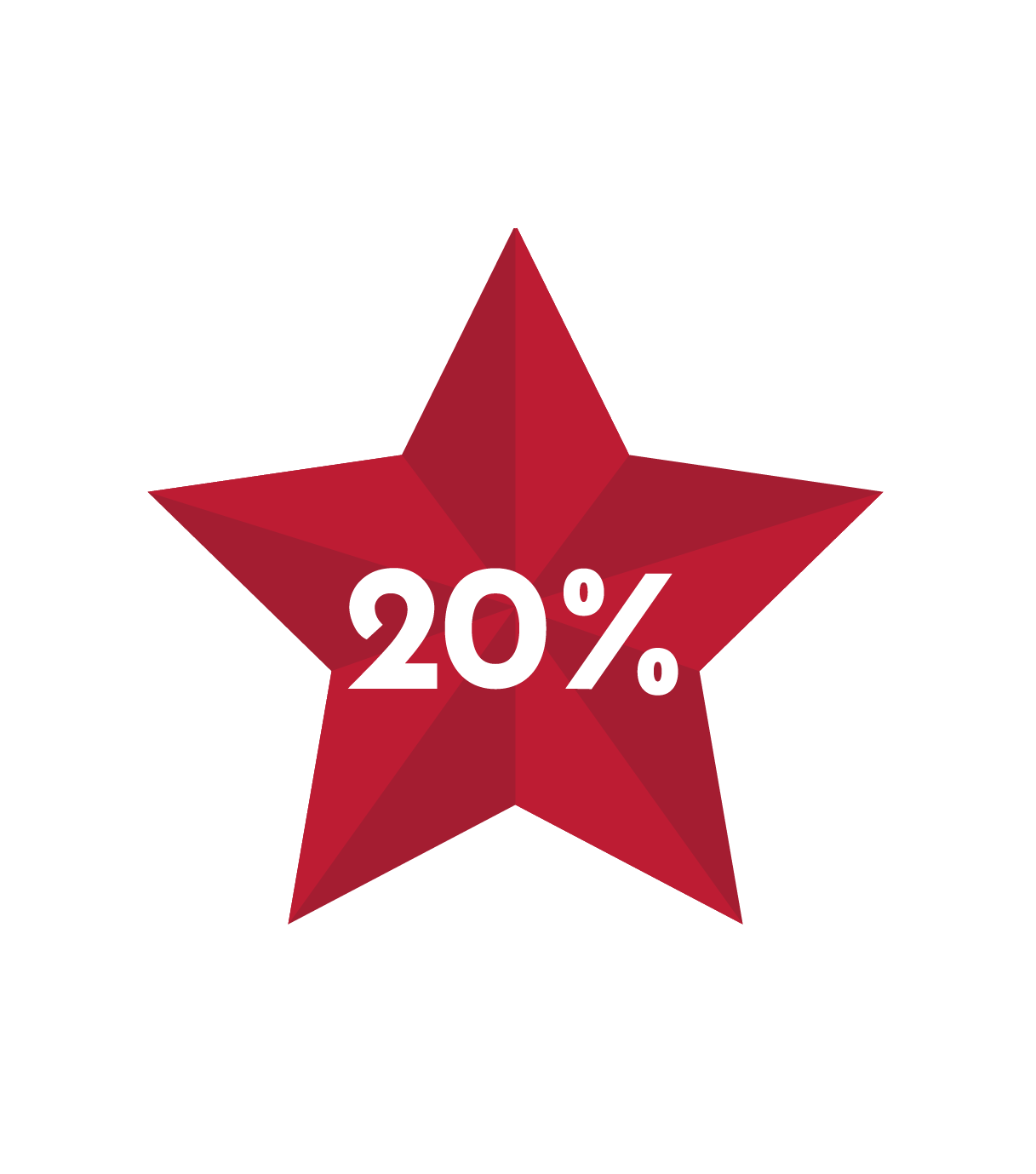Burma Burma
With a spotlight on vegetarian fare and tea, when you walk into any of Burma Burma’s branches (one in Mumbai, two in Delhi, and one in Bangalore coming soon) you are first drawn to their gorgeous (and well-considered) interiors. There’s lots that refers to Burma’s glinting pagodas, temple towns, and tribes, and those references extend to the extensive menu, divided by tribe and peppered with homegrown ingredients that are familiar to the Indian palate but turned up a fair few notches through pairing with fermented seeds, pungent fruit (Durian ice cream!), and unusual flavour pairings that are much less familiar. When in Burma this team got familiar with an all-day culture of sipping tea, whether at mealtimes, in-between times or as a nightcap. Their tea menu is an homage to this culture.
We caught up with the owner Ankit and chef Ansab for a meatier discussion on their travels, their concept, and their love for this Indian neighbour.Tell us about yourself Ankit.
Ankit: I am a third generation hotelier. My father and grandfather have been running hotels and restaurants since the 1960s and I was born and brought up inside a hotel, literally. We are marwaris but we have Burmese roots. My mother was brought up in Myanmar and in the 1960s a lot of Burmese were fleeing Burma when the military took over, and a lot of Indians came to various parts of India. That’s when my mum and dad met in India and got married. So in a sense, Burma Burma is the amalgamation of their marriage as well. I’ve grown up eating my mum’s home-cooked Burmese food.
You’d be surprised but a lot of Indians don’t even know what Burma is, and that it’s a country. Burma Burma is our shout out to this beautiful neighbour. Go there. Experience their hospitality. They’re one of the nicest people you’ll come by. And they’ve got so much to offer; the culture, the best beaches, everything in one country. It’s also three times the size of Thailand!
How did you come on board Ansab? Talk to us about developing the menu.
Ansab: Ankit and I were together in college; classmates in Hotel Management. While preparing for one of our exams, we were studying together at his place and I got to taste some Burmese cuisine cooked by his mom. That was my introduction to Burmese cuisine and since then it’s been something we’ve been thinking about. Burmese flavours are unique yet accessible. We then went into our respective fields in the industry to gain exposure, and once we were confident about having learnt enough we decided to take the next step.
Ankit: I generally prefer to work with like-minded people because then it’s not just work, it’s fun. That’s when I decided to travel to Burma, and asked Ansab to join me. Burma isn’t known to be an exotic destination because people just don’t know enough about the place but Ansab was keen. We travelled there with no agenda and nothing in mind. This was a good three years before Burma Burma even opened, so we didn’t go with the intention of opening a restaurant, we just went to explore and treated the experience as a blank slate. Burma had just opened up to the rest of the world in 2011. They have lovely lacquerware and a lovely story behind it… the people, the culture, the lungis they wear, the way they talk, all of it. They have this thing called a Thanaka, which is a natural cream made from the bark of the Thanaka tree, that’s cooling and protects one from the sun. Their home-cooked food is super delicious, and in a way quite familiar to the Indian palette.
Ansab: Since it’s located close to India, and so much of the Indian community has settled there (Biharis and Marwaris through to South Indians), there are a lot of influences from Indian food: turmeric, chillies, onion, garlic… flavours that resemble Indian food. For example, we have a samosa soup and salad in Burma Burma. It’s not something we’ve created out of thin air for the Indian palette. You’ll find samosas on the streets of Yangon, and we’ve sort of given it our spin and made it our own. We’ve tried to keep the food as authentic as possible. Everything on our menu is something we’ve sampled in Burma or is inspired by a local dish. We visited villages, cooked, and ate at people’s homes to sample everyday home cooked food.
Ankit: 100% authentic. The menu has just evolved over the years from street food to home style cooking you’ll find in local villages. Burmese are very simple people, and they have a lot of home style cooking with simple ingredients. While we’ve stayed true to recipes and the style of marination, we’ve peppered our menu and dishes with a few ingredients that we feel complement existing dishes. But in general, the food is exactly what you’ll find in Burma. What’s the concept at Burma Burma? It feels like you’re telling a story.
Ankit:The way we’ve approached the story is not by actually telling it to anyone, but rather letting people experience the nuances of Burmese culture for themselves, whether through the decor, or with the tea that we serve in the restaurant. We want people to come experience the restaurant without preconceived notions. We want them to come with an open mind, and we want it to be thought provoking, so much so that they go back home and Google Burma to learn a little more about the country and its culture.
Each one of our outlets is a story in itself. None of the interiors are similar to the other. The feel is the same but all the elements are different, and each symbolises a different aspect of Myanmar. In Bombay we celebrate the Southern region of Burma which is known for its temples and umbrella artwork. That’s where we promote a zen vibe. In Cyber Hub we’re focussing on the Bagan region which is famous for its temples as well and popular for tattoo needles with which they create scriptures on the wall, so the interiors echo these aspects; bells, prayer books, and the form of a tattoo needle.
We travelled to Burma Burma with the architect and interior designer, Minnie Bhatt. She has designed all our three stores, so nothing is taken off the internet or out of a book. It has been experienced there and executed thereafter.People tend to know one thing about Burmese cuisine: khao suey.
Ansab: Khao Suey is definitely the best-known Burmese dish, but what people don’t know is that different regions have different preparations of Khao Suey. We’ve adapted a Nachi Khao Suey or a dry Khao Suey from one region, there’s one called Shan from a region that is its namesake, there’s another region closer to India and that Khao Suey uses turmeric unlike the others, so even that one dish in the cuisines hasn’t been explored to its full potential. Similarly, street food also varies from city to city. You’ll find a variety of fries and fritter in Yangon, tea leaf salad in Mandalay, and then there’s Bagan where a lot of vegetarian dishes exist.
Ankit: Burma has eight main tribes and a lot of sub tribes. Here in Citywalk the concept of the restaurant is that we’re celebrating the tribes of Burma which and this reflects in our menu as well. It may be surprising to some but Khao Suey in Burma isn’t found anywhere after 8am. It’s a breakfast dish, usually consumed at around 5-6am. And the Khao Suey you get there is slightly different to the Khao Suey you get here. It was originally developed by the Sindhi and Marwari communities when they came to India in the 1960s (the one we find here usually). Khao suey means noodles. The classic khao suey is called Ono Khao Suey where ono means coconut.Why the focus on vegetarian food?
Ankit: I eat egg, but Ansab is a staunch non vegetarian.
Ansab: During our travels, we discovered that the local flavours are very strongly non-vegetarian; they use a lot of dried shrimp or fish sauce for example which has a strong smell, and we thought that it may not be to everyone’s taste, so that’s when we first considered going vegetarian with our menu.
Ankit: Burma is a Buddhist country and they follow the Buddhist Lent which happens in July and August. A lot of the Burmese turn vegetarian during that period so many of the local dishes are vegetarian, it’s just the toppings or the broth that are, in fact, non vegetarian. Food trumps all. When you put it into boxes-vegetarian or vegan-it turns people away, but eventually it’s the taste that matters.
Ansab: It’s been challenging as well. To compile a menu with only vegetarian food, you need to work harder. But we always work with dishes that are originally vegetarian rather than adapting a non vegetarian dish to vegetarian ingredients. It does require more research and effort though.
Why this focus on tea? What does it have to do with Burma?
Ansab: While we were travelling, we noticed that the local people consumed tea throughout the day. Any restaurant you visit, you’ll find a pot of tea on the table, so it’s a very integral part of their diet, and that too throughout the day.
Ankit: Tea is a global ice-breaker for people to connect over (after alcohol!). The thing with tea is that the Burmese love their tea so much, they eat it too, in their Tea Leaf Salad for example. 80% of their production of tea goes in making that salad or other dishes. They serve tea with every meal. The thing is, Burmese cuisines employs the use of so much oil, onions, and fried foods, so the tea aids in digestion and it’s good for overall mental stimulation.
Tell us about the Burma Burma pop up charity program.
Ankit: We believe one can’t keep asking (whether it’s from God or society). It’s also about what one has given. So borrowing from Burmese culture (pagodas and monks) and bringing in the aspect of vipassana which we’re very staunch followers of, every three months we tie up with an NGO from which representatives visit us, and visit each table to speak with the diners and push their cause. On that one night, all the proceeds from Burma Burma go to that NGO. We’ve worked with the transgender community, underprivileged kids, and people with disabilities.
Your favourite flavour pairing on the menu.
Ankit: A crunchy samosa that goes into a soup; unexpected but delightful. We also have a Durian ice cream made from the fruit. We get the pulp via Thailand from Burma. People have visited us to specially taste the ice cream. The reason you can’t carry it on a flight and won’t often find it in restaurants is because of it’s very very strong and peculiar aroma, that’s almost akin to a dead rat, but it tastes spectacular!
Visit their website here and find them on Instagram here.

































